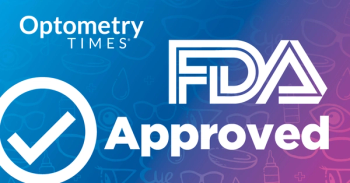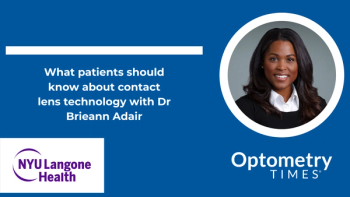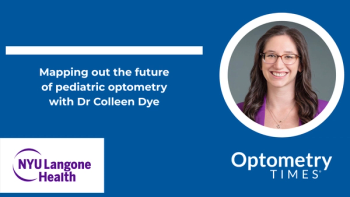
Study evaluates the potential correlation of ultra-processed food consumption and increased glaucoma incidence
UPFs include fast food, energy drinks and soda, sweets such as chocolates and candies, and much more.
A recent study of Spanish university students showed those who intake a higher amount of ultra-processed food (UPF) have a higher risk of developing glaucoma when compared to those with a lower UPF consumption.
The study used data from the Seguimiento Universidad de Navarra (SUN) Project conducted in 1999, a large prospective cohort study that focuses on Spanish university graduates in a Mediterranean setting to identify the lifestyle and dietary variables that contribute to various diseases, such as cardiovascular disease, mental illness, and cancer. The sample size consisted of 19,225 participants (60.1% women) with a mean age of 38.2 years old (±12.4). Participants were followed up on average for 12.9 years (±5.4). An ophthalmologist clinically evaluated a subsample of 150 participants to validate the self-reported diagnosis of glaucoma.1
UPFs were defined by using the NOVA classification system, designed by the Center for Epidemiological Studies in Health and Nutrition, School of Public Health, University of Sao Paulo, Brazil. By the NOVA system, UPF is defined as “industrial formulations made entirely or mostly from substances extracted from foods (oils, fats, sugar, starch, and proteins), derived from food constituents (hydrogenated fats and modified starch), or synthesized in laboratories from food substrates or other organic sources (flavor enhancers, colors, and several food additives used to make the product hyper-palatable).”2
Examples of UPFs according to the NOVA System include, but are not limited to:
- Energy drinks and sodas
- Distilled alcoholic beverages such as whisky, gin, rum, vodka, etc.
- Cookies
- Fatty, sweet, savory, or salty packaged snacks
- Pre-prepared pizza and pasta dishes
- Pre-prepared (packaged) meat, fish and vegetables
- Chocolates, candies and confectionery in general
- Canned, packaged, dehydrated (powdered), and other ‘instant’ soups, noodles, sauces, desserts, drink mixes, and seasonings
In the SUN project, dietary intake was measured at the beginning using a 136-item semiquantitative food-frequency questionnaire (FFQ) and was repeated after 10 years to account for any changes in the participant’s diet.
For the study evaluating UPF intake and glaucoma association, participants were divided into 4 groups according to the daily number of servings of UPFs consumed, Group 1 consisted of those consuming 1 serving or less (n=1004), Group 2 more than 1 to 3 servings (n=8237), Group 3 more than 3 to 4 servings (n=4196), and Group 4 more than 4 servings (n=5818).1
Results showed that participants in Group 4 were at higher risk of glaucoma (Hazard Ratio = 1.84; 95% Confidence Interval 1.06 to 3.21) compared to participants in Group 1 (p for trend = 0.005). Furthermore, when analyzed independently, UPF from sweets showed a significant glaucoma risk when compared to sausage, beverage, fried food, fast food, and dairy product consumption.1
The study concluded that a possible explanation for the findings could lie in the increase in blood glucose levels caused by higher UPF consumption and hypothesized that increased consumption of UPFs, rich in additives and artificial substances, may increase inflammation levels, which, in turn, could increase the risk of glaucoma.
References:
- López-Gil JF, Fernandez-Montero A, Bes-Rastrollo M, Moreno-Galarraga L, Kales SN, Martínez-González MÁ, Moreno-Montañés J. Is Ultra-Processed Food Intake Associated with a Higher Risk of Glaucoma? A Prospective Cohort Study including 19,255 Participants from the SUN Project. Nutrients. 2024; 16(7):1053.
https://doi.org/10.3390/nu16071053 - The NOVA Food Classification System. Food, Nutrition & Fitness I: The Digestion Journey Begins with Food Choices Compiled in 2018 by EduChange with guidance from NUPENS, Sao Paulo.
https://ecuphysicians.ecu.edu/wp-content/pv-uploads/sites/78/2021/07/NOVA-Classification-Reference-Sheet.pdf
Newsletter
Want more insights like this? Subscribe to Optometry Times and get clinical pearls and practice tips delivered straight to your inbox.



















































.png)


